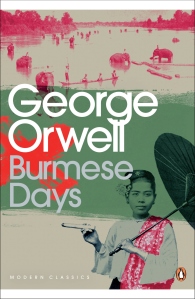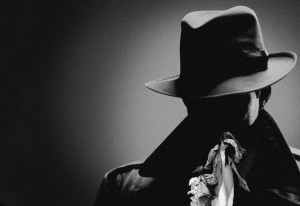“I was willing to die for stories that had the potential to educate people. I wanted to make people think, to open their minds, to give them a full picture of what was happening”
It’s What I Do is Lynsey Addario’s memoir of her growth as a photographer, her journey to photojournalism, and her countless experiences covering conflict, human rights violations and suffering around the world. She’s known best for her work with the New York Times (including the Pulitzer prize-winning “Talibanistan” series, photo essays covering conflicts and stories in Iraq, Sudan, the DRC, Pakistan, Libya and Daily Live in Syria’s Civil War), National Geographic, Time, New York Times Magazine, and much more.
Lynsey tells the story of her career, her uncompromised dedication and perseverance of photojournalism and how this has shaped her life. She has borne witness to the front lines of many incredible historic moments including her time as an embed with the US military in Afghanistan, coverage of the Libyan civil war, Darfur, Gaza, and her tenacity to continue pushing to the front lines. Robert Capa once said, “If your pictures aren’t good enough, you’re not close enough” and she adopts this approach in astonishing ways. This is the same conviction that pushes her into Mogadishu – kidnapping capital of the world – while pregnant to gain a full picture of Somalia’s drought. It’s also, in part, what compelled her to go to Afghanistan while still under Taliban rule to capture a sense of what it was like to be a woman under the Taliban… even though photographing any living thing was illegal and punishable by death under the Taliban. She believes she has a real duty to war correspondence, informing policymakers and the public.
Her story starts with her childhood in Connecticut. An adolescence she coincidentally shared with Tyler Hicks, also a famous photojournalist who she found herself held captive alongside during the 2011 Libyan civil war. (He also recently won the Pulitzer for his photos from the Westgate Mall terror attack).
After college, Addario saved waitressing money in order to move to Argentina where she found her first paying job as a photographer at $10 a picture. She was influenced early on by Sebastião Salgado, a Brazilian photojournalist, and experienced a kind of epiphany at one of his exhibitions that wedded her love of photography, international relations and human rights reportage: photojournalism. Her life moves to India, Mexico City, Istanbul, New Delhi and her work takes her everywhere. Even motherhood doesn’t stop her from pursuing stories in Senegal, Saudi Arabia, Afghanistan, Kenya, Somalia, Gaza.
She’s been in the line of fire, kidnapped in Iraq, held prisoner in Libya, threatened, sexually assaulted, regularly underestimated… but her insistence on fulfilling her life mission despite anyone’s expectations that she lead a normal, safe life is brave rather than reckless.
Her story is bookended by her experience in Libya when covering a story on the Libyan rebels in the eastern town of Aidabiya. Colonel Gaddafi’s soldiers capture her and three other New York Times reporters before they’re able to escape and their ordeal is beyond horrifying. One of her captors lightly touches her face and hair speaking softly in a way that she assumes is comforting until a fellow captive who speaks Arabic translates: “He’s telling you that you will die tonight.”
Word is that Warner Bros has already optioned the book to turn it into a movie…
This was recommended to me by Jane and read in a continuous, 36-hour spellbind.

Photocredit: Lynsey Addario / Getty Images Reportage



